Ancient Greeks and Romans are said to have treated wounds suffered in battle with poultices made of spider silk, believing the silk had healing properties, as well as using it to treat skin lesions and warts. There have also been reports of people in the Carpathian Mountains using spiderwebs as bandages and doctors of ages past sometimes prescribed placing silk cocoons on infected teeth.
This notion that spider silk might have antimicrobial properties—making it a kind of "webiccillin"—has been the focus of numerous studies over the last decade in particular, with conflicting results. Some found evidence of antimicrobial activity, while others did not. Now researchers at Aarhus University in Denmark have produced the strongest case yet against spider silk's rumored healing properties, according to a recent paper published in the journal iScience. The authors suggest that prior positive results are the result of either bacterial contamination, or the use of solvents in the experiments that have antimicrobial properties.
"Spider silk has always been admired and almost has a mythical status," said co-author Trine Bilde, a biologist at Aarhus University. "It's one of these myths that seems to have become 'established' by 'belief' and not by strong empirical support."
Scientists have long known that spider silk is an amazing material, with impressive tensile strength, toughness, and elasticity in particular. It's stronger than steel and tougher than both steel and Kevlar, for instance. Rigid layers hold the spider silk together, giving it strength, and these layers are interspersed with softer areas to enable flexibility so the silk can stretch. The silk is resistant to twisting and swinging, thereby stabilizing the spider as it suspends itself, and it can absorb a great deal of energy before breaking.
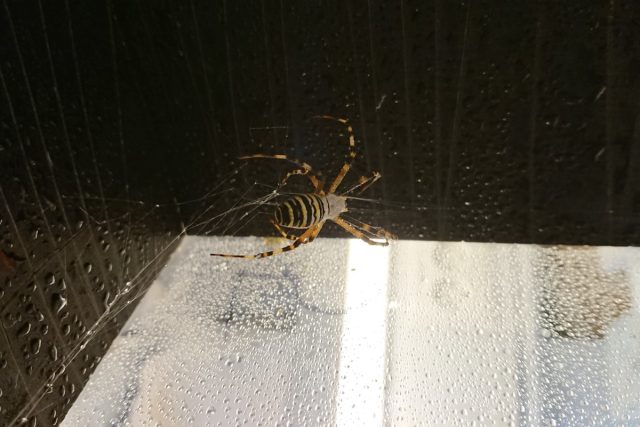
The secret lies in the proteins. Spiders have special abdominal glands that secrete a fluid protein filled with fibers, similar to keratin (the protein found in hooves and hair) in terms of structure. The silk quickly hardens (or "polymerizes") as it is spun. There are seven amino acids that a make up spider-silk proteins: mostly alanine and glucose, with smaller amounts of glutamine, leucine, arginine, tyrosine, and serine.
Because of its wondrous properties, Polynesian fishermen have been known to use spider silk as fishing lines, while some New Guinea tribes construct water-repellant hats out of spiderwebs. The threads from black widow spiders have been used in telescopic gun sights. Spider silk also holds promise for wear-resistant shoes and clothing; strong ropes, nets, and parachutes; as strong, tough paper for banknotes; and better bulletproof vests, among other applications. In 2012, a Japanese scientist even used spider silk to make violin strings.
So it's not the craziest notion that spider silk might have antimicrobial properties as well, akin to another popular folk remedy for infection: applying honey-soaked gauze to open wounds. (There might be some science to that honey legend. In 2008, University of Wisconsin physician Jennifer Eddy found that honey is a useful treatment for diabetic foot ulcers, although she was adamant that people suffering from diabetic ulcers should absolutely still seek guidance and treatment from a physician.)
According to Bilde and her co-authors, spiders typically line their retreats with silk and lay their eggs inside a silk case. Spider eggs contain energy-rich compounds that would be a feast for said pathogens, while the amino acids in the protein-based fibers of spider silk might also offer an attractive substrate for microbes. If there were antimicrobial molecules on the silk, it could protect both the spiders and their eggs against pathogens. This would be especially beneficial for social spider species, which live in large groups and have weaker immune systems as a result of inbreeding. They would be particularly vulnerable to infection, so intrinsic antimicrobial properties in the silk would be a boon.
Several studies over the last decade have seemed to show that spider silk does indeed have some antimicrobial effects. These experiments usually involve either direct-contact assays or diffusion assays, in which untreated silk (direct contact) or silk extracts (diffusion) are placed on agar plates that have been inoculated with test bacteria. If a zone appears on the plate that is free of bacteria (known as an "inhibition zone"), that is typically interpreted as evidence for antimicrobial activity.
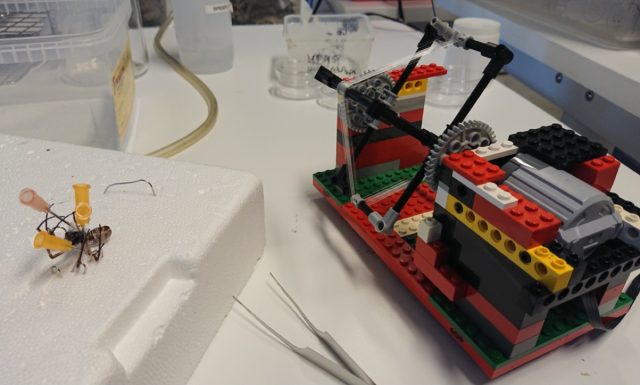
However, Bilde and her Aarhus colleagues were skeptical of those claims. They performed similar experiments using the silk from seven different spider species to test the silks' effectiveness against three types of bacteria. They kept the spiders at room temperature in the lab, ingeniously using a mechanical LEGO setup to harvest dragline silk from immobilized spider species that produce dragline silk. The dragline silk was then formed into small discs and placed on agar plates.


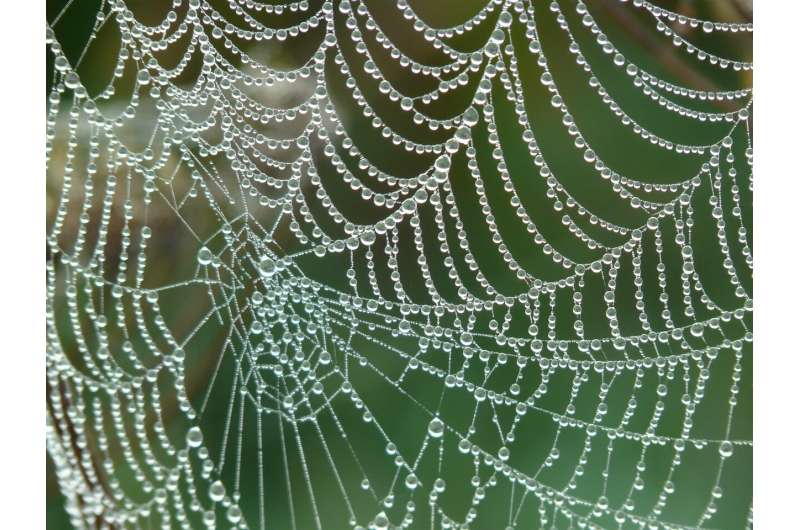
3175x175(CURRENT).thumb.jpg.b05acc060982b36f5891ba728e6d953c.jpg)
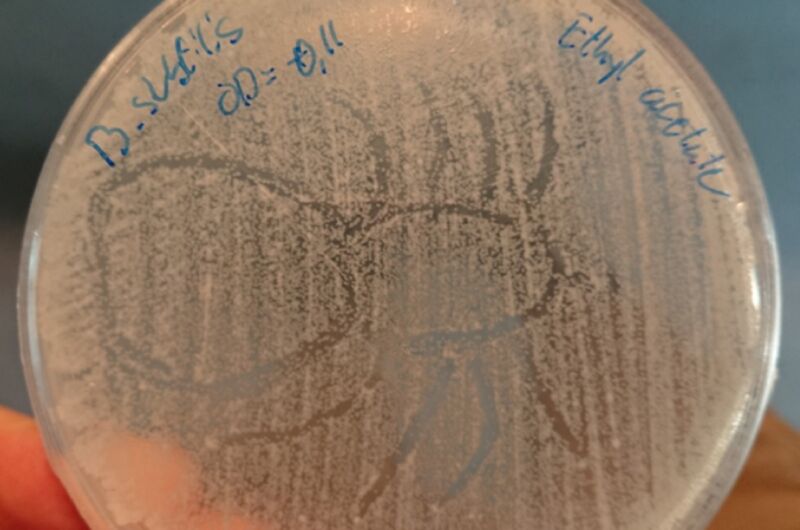
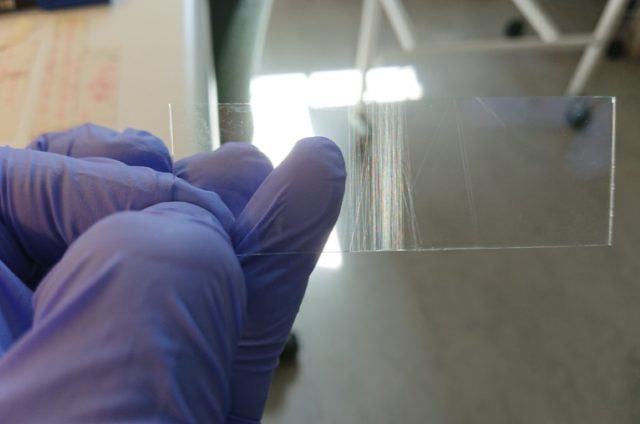

Recommended Comments
There are no comments to display.
Join the conversation
You can post now and register later. If you have an account, sign in now to post with your account.
Note: Your post will require moderator approval before it will be visible.